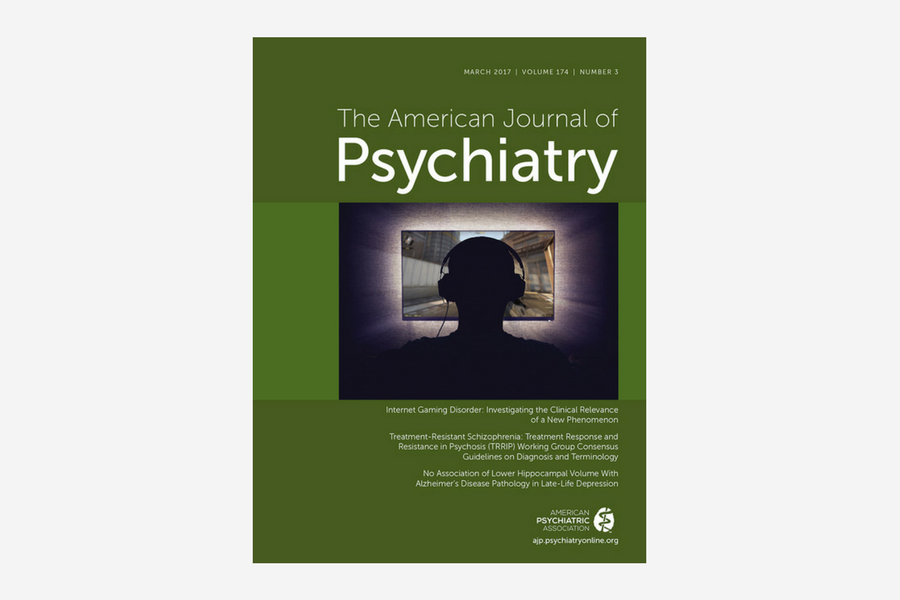
No Association of Lower Hippocampal Volume With Alzheimer’s Disease Pathology in Late-Life Depression
The American Journal of Psichiatry
Volume 174, Issue 3, March 01, 2017, pp. 237-245
François-Laurent De Winter, M.D., Louise Emsell, Ph.D., Filip Bouckaert, M.D., Lene Claes, M.Sc., Saurabh Jain, M.Sc., Gill Farrar, Ph.D., Thibo Billiet, Ph.D., Stephan Evers, M.Sc., Jan Van den Stock, Ph.D., Pascal Sienaert, M.D., Ph.D., Jasmien Obbels, M.Sc., Stefan Sunaert, M.D., Ph.D., Katarzyna Adamczuk, Ph.D., Rik Vandenberghe, M.D., Ph.D., Koen Van Laere, M.D., Ph.D., Mathieu Vandenbulcke, M.D., Ph.D.
Abstract
Hippocampal volume is commonly decreased in late-life depression. According to the depression-as-late-life-neuropsychiatric-disorder model, lower hippocampal volume in late-life depression is associated with neurodegenerative changes. The purpose of this prospective study was to examine whether lower hippocampal volume in late-life depression is associated with Alzheimer’s disease pathology.
Method:
Of 108 subjects who participated, complete, good-quality data sets were available for 100: 48 currently depressed older adults and 52 age- and gender-matched healthy comparison subjects who underwent structural MRI, [18F]flutemetamol amyloid positron emission tomography imaging, apolipoprotein E genotyping, and neuropsychological assessment. Hippocampal volumes were defined manually and normalized for total intracranial volume. Amyloid binding was quantified using the standardized uptake value ratio in one cortical composite volume of interest. The authors investigated group differences in hippocampal volume (both including and excluding amyloid-positive participants), group differences in amyloid uptake and in the proportion of positive amyloid scans, and the association between hippocampal volume and cortical amyloid uptake.





